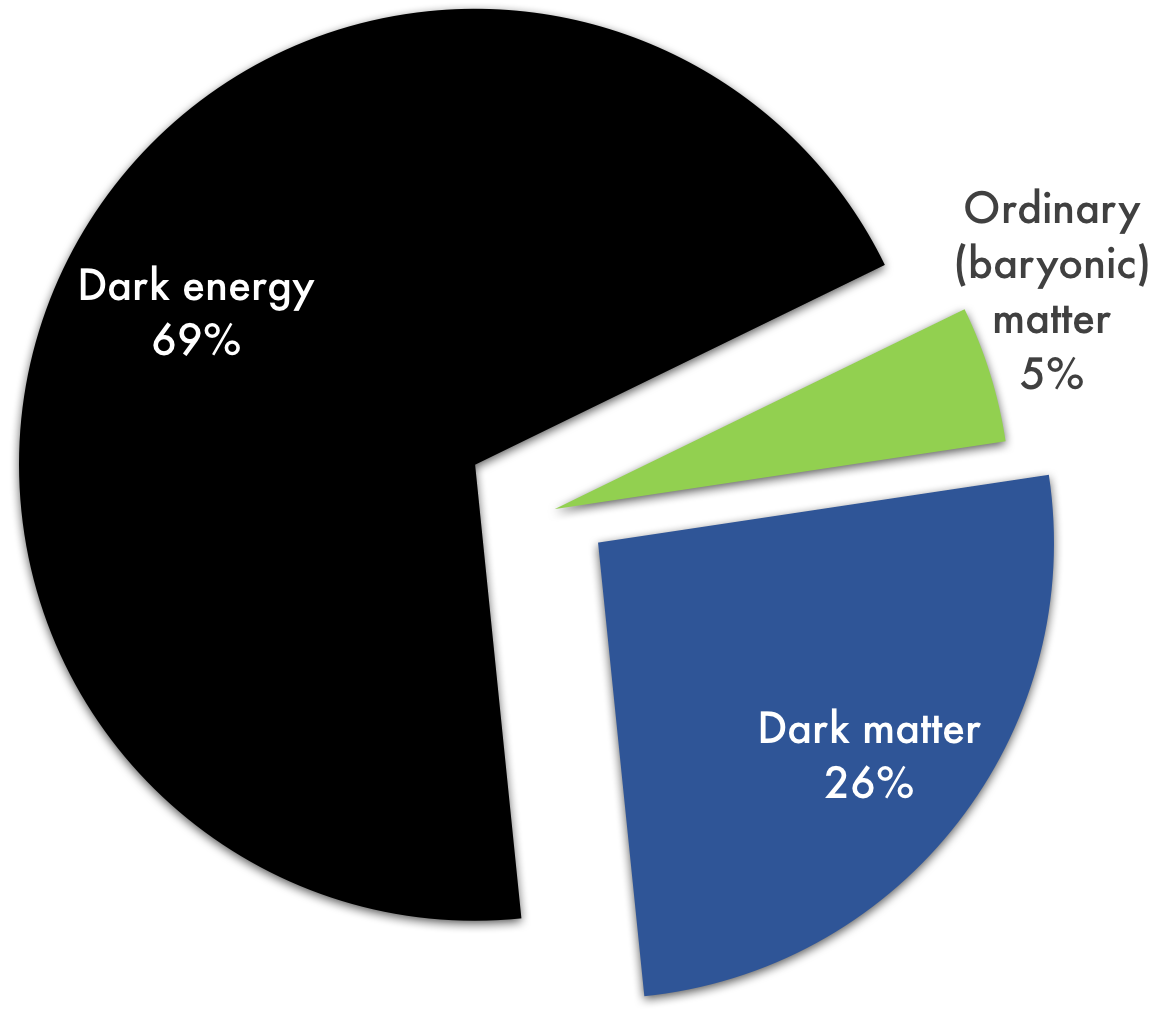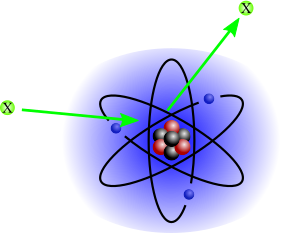
Dark matter makes up for more than a quarter of the matter-energy composition of the Universe, exceeding the amount of ordinary, baryonic matter by a factor of about five [1]. Until today the presence of dark matter is discerned by gravitational interactions only and to decipher its real nature remains one of the hot topics of modern physics.
Since the Universe we know of is made of particles, held together by elementary forces, it comes natural that also the dark matter consists of particles. However, none of the known particles (those in the so-called Standard Model of particle physics) has the right properties. Thus, physicists around the globe hunt for the dark matter particle(s). The crucial questions are: How to catch dark matter and who will catch it first?
 The golden channel to approach these questions is the **direct dark matter detection** aiming to observe interactions of dark matter particles in earth-bound detectors. At present, numerous direct dark matter searches exist using a huge variety of different target materials and experimental technologies: most of them *see* no hint for dark matter.
The golden channel to approach these questions is the **direct dark matter detection** aiming to observe interactions of dark matter particles in earth-bound detectors. At present, numerous direct dark matter searches exist using a huge variety of different target materials and experimental technologies: most of them *see* no hint for dark matter.
Remarkably though, several direct dark matter searches, in particular the DAMA/LIBRA experiment [2], observe an annual modulation signal which matches the expected signal from a dark matter particle, but is inconsistent with null-results of most other direct dark matter searches.
